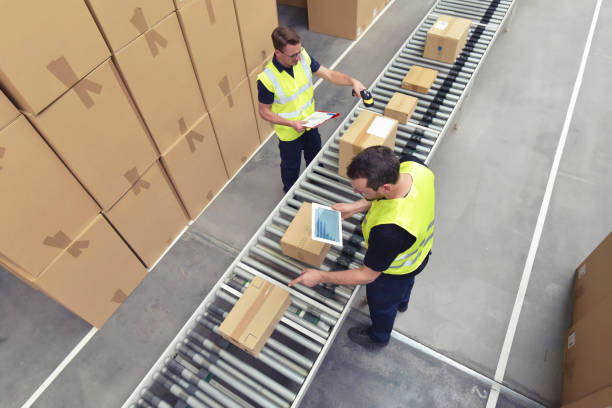Designing packaging for ecommerce durability and returns reduction
Packaging for ecommerce must protect products in transit while meeting sustainability and cost targets. Training that covers materials selection, structural design, labelling, and testing helps reduce damage and returns. This teaser outlines why practical packaging skills are essential for efficient fulfillment and lower reverse-logistics costs.

Designing packaging for ecommerce requires a practical focus on protection, cost control, and environmental responsibility. Training programs should cover material choices, structural design, labelling, and quality testing so teams can reduce transit damage and minimize returns. Clear procedures for packing, inspection, and compliance with carrier rules help maintain consistency across fulfillment operations.
How does durability influence ecommerce returns?
Durability directly affects return rates: packaging that withstands drops, compression, moisture, and repetitive handling lowers the incidence of damaged goods arriving to customers. Durability considerations include choice of materials, correct container strength, and protective inner wrapping. Measuring performance through returns data, damage reports, and targeted tests helps prioritize design changes. Training should teach staff to interpret these metrics and adapt packaging specifications to actual shipping conditions.
Which materials balance protection and sustainability?
Selecting materials involves trade-offs among protection, weight, recyclability, and cost. Corrugated board with appropriate flute profiles often offers an effective balance for many ecommerce shipments; molded pulp or recycled paperboard can reduce plastic use while providing cushioning. Biodegradable void fill and recycled mailers support recycling goals but must be vetted for performance. Training must include recycling streams, compliance with local waste rules, and supplier verification to ensure material claims match operational needs.
How can design reduce damage and cost?
Design choices such as right-sizing, internal bracing, and efficient container geometry reduce the need for excess filler and lower dimensional weight charges. Proper wrapping and securing of products inside containers prevents movement that causes impact damage. Clear labelling indicating orientation or fragile contents and tamper-evident features can improve handling. Well-designed packaging also speeds packing and enables automation, which collectively improves quality while controlling logistics and material costs.
What role does prototyping and quality testing play?
Prototyping allows teams to validate design hypotheses before full production runs. Simple prototypes can be used for drop tests, compression tests, and fit checks in actual containers. Iterative prototyping combined with quality testing (environmental conditioning, vibration, and compression) reveals weak points early. Training should include methods for standardized tests and criteria for acceptable failure rates, enabling continuous improvement in packaging quality and reduced returns.
How do logistics and automation affect packaging choices?
Packaging must be compatible with warehouse automation, conveyor systems, and carrier handling. Automation often prefers standardized container sizes and consistent labelling to reduce jams and mis-sorts. Logistics considerations—such as cartonization rules, palletization, and carrier dimensional weight policies—drive choices around container strength and size. Compliance with labelling and customs rules also matters for cross-border ecommerce; training should cover these compliance touchpoints to avoid slowdowns and costly returns.
Costing: real-world pricing and provider comparison
Real-world costing requires balancing unit costs, volume discounts, sustainability premiums, and the cost of returns avoided. Typical expenditures include custom boxes, mailers, protective fillers, and tooling for design changes. Training should include basic costing exercises that show how small increases in unit protection can meaningfully reduce return-related expenses. Below is a comparison of common packaging products and representative providers with estimated cost ranges.
| Product/Service | Provider | Cost Estimation |
|---|---|---|
| Custom corrugated boxes | Packhelp | $0.60–$3.50 per box (volume dependent) |
| Sustainable mailers (recycled) | EcoEnclose | $0.20–$1.50 each |
| Bulk industrial corrugated boxes | Uline | $1.50–$8.00 per box |
| Folding cartons (paperboard) | WestRock | $0.50–$4.00 per carton |
| Recycled paperboard sheets | International Paper | $0.40–$2.50 per unit |
Prices, rates, or cost estimates mentioned in this article are based on the latest available information but may change over time. Independent research is advised before making financial decisions.
These ranges are illustrative; actual costs depend on order size, customization, regional supply, and material choices. Training that includes simple costing models helps teams evaluate payback from reduced returns and from shifts to more sustainable materials.
Designing packaging for ecommerce success combines sound materials knowledge, practical prototyping, and attention to logistics and compliance. Focused training that links sustainability, durability, and costing helps operations make informed choices that reduce returns and support consistent quality across fulfillment channels.






